An easter strategy for beauty brand leverages video marketing to drive engagement and sales by showcasing products in action. Eye-catching formats like unboxing clips, tutorials, and live demos build trust and encourage immediate purchases, outperforming static images.
From shoppable tutorials to influencer collaborations, here are the top 11 Easter marketing strategies for beauty brands that maximize engagement and conversions.
Easter Strategy for Beauty Brand: 11 Creative Marketing Ideas
By incorporating interactive video content in your easter strategy for beauty brand, you can boost sales and attract more customers. Here are 11 ideas to do so:
1. Showcase Product Demos to Build Buyer Confidence
Product demo videos offer a real-world glimpse of how a product works, giving potential buyers a tangible sense of its benefits and features. When viewers watch an item in action, they’re more likely to believe it can solve their problems, making them far more comfortable hitting the “buy” button.
Read more about the product demo video with examples to implement a successful easter strategy for a beauty brand.
Benefits of Product Demo Videos
- Enhanced Comprehension: Complex details become clearer when demonstrated visually. YouTube influences 53% of U.S. shoppers, showing the power of video in e-commerce.
- Increased Engagement: Videos hold attention, which deepens product understanding and lowers return rates. About 66% of beauty shoppers cite YouTube as their go-to for product info.
Implementation Tips
1. Know Your Audience: Produce demos that target their interests and challenges.
2. Plan Purposefully: Start with a clear introduction, highlight the key product uses, and end with a strong call to action.
3. Focus on Quality: Crisp visuals and good audio reflect positively on your brand.
4. Optimize for Mobile: Use vertical video and captions for better reach.
5. Add Interactivity: Incorporate clickable elements or shoppable links to streamline the path from curiosity to purchase.
Brands report that viewers who watch product demos are 85% more likely to buy. Tracking view times and conversions helps you refine future demos. Overall, product demo videos create an immersive, informative experience that boosts customer confidence and reduces bounce rates for beauty brands.
2. Leverage Customer Testimonial Videos for Social Proof
Testimonial videos arm your brand with powerful social proof. Hearing real customers speak candidly about their experiences can tip the scales for skeptical buyers. Authenticity is the heartbeat of testimonials, and seeing genuine enthusiasm on camera makes a stronger impression than text reviews.
- Authenticity: Unsanitized customer opinions show that you’re not hiding behind paid endorsements.
- Visual Engagement: Video holds attention longer than text, forging an emotional link with potential buyers and increasing Average Order Value (AOV).
- Storytelling: Featuring how your product solved a real problem resonates far more than a list of features.
Actionable Steps for Implementation
1. Choose the Right Customers: Seek out fans who truly love your product. Their honest energy is contagious.
2. Keep It Short: Aim for around 60–90 seconds to hold attention.
3. Maintain Quality: Good lighting and sound convey professionalism.
4. Strategic Placement: Embed testimonials on product pages and social feeds for maximum visibility. Some landing pages see an 80% lift in conversions with video testimonials front and center.
5. Track Engagement: Views, shares, and conversion rates reveal each video’s success.
Supporting Statistics
- 79% of people have been persuaded to purchase by watching a video.
- Consumers view user-generated content, such as video testimonials, as 2.4 times more authentic than brand-generated material.
When potential customers see people like themselves benefiting from your product, trust follows suit—and so do sales.
3. Use Shoppable Videos to Reduce Purchase Barriers
Shoppable videos bundle entertainment and shopping in one seamless experience. By layering clickable product links directly onto your visual content, you cut through common friction points. Viewers can move from “That’s interesting” to “I just bought it” without missing a beat.
How Shoppable Videos Simplify the Buying Process?
Traditional online shopping often forces consumers to switch tabs or pages. Shoppable video content for beauty products eliminates that detour. Viewers get a richer understanding of your product—angles, context, real-world usage—then click to purchase in one fluid motion. This saves time, boosts engagement, and shortens the buyer’s journey.
Platform Recommendations
1. Tagshop: Embeds interactive shopping features so you can guide viewers from product discovery to checkout.
2. Videeo (Shopify): Ideal for unlimited AI-driven video uploads on product pages.
3. Bambuser: Sharp focus on live shopping, enabling real-time Q&A and demos.
4. Vimeo: Offers solutions for live shopping with one-to-many and one-to-one interactions.
Implementation Tips
- Tailor the format to suit each platform: short vertical clips for Instagram and TikTok while longer tutorials for YouTube.
- Focus on storytelling to ignite curiosity, then include clear calls to action.
- Keep production values consistent, but don’t let perfect be the enemy of “published.”
- Finally, watch your analytics for insights on what works and what flops.
Incorporate best practices for shoppable video marketing in the beauty industry to bring products to life while making checkout effortless.
4. Optimize Video for SEO to Drive Organic Traffic
Supercharging your video content with SEO ensures it surfaces when people search, generating organic traffic that doesn’t break your budget. The trick is weaving relevant keywords, transcripts, and smart embedding into each video. Taking care of SEO is essential when it comes to ecommerce marketing.
Keyword Research and Utilization
Start by researching search terms connected to your topic. Tools like Google Keyword Planner or SEMrush reveal high-volume phrases. Weave these keywords into your video’s title, description, and tags. This aligns your content with what people genuinely look for online, giving it a better shot at appearing in relevant results.
Providing Transcripts
Search engines read text, not video. By supplying a written transcript, you feed the bots the text they need to index your content properly. Transcripts also help viewers who watch with the sound off or have hearing impairments. More accessibility means more reach.
Embedding Videos
Proper video placement is just as important in a easter strategy for beauty brand. Host them on a page that matches their subject, and use structured data (like JSON-LD) to help search engines understand what your video covers. Embedding videos thoughtfully keeps users on your site longer, improving key metrics that boost ranking.
5. Run High-Converting Video Ads on Social Media
Targeted video ads can snap audiences out of passive scrolling and nudge them toward a purchase. By blending audience insights and captivating storytelling, you create ads that feel relevant—and lead to stronger conversion rates.
Research from Think with Google shows that tapping into Google intent signals, like search behavior and interests, can drive conversions even higher. Advanced targeting finds the right audience at the right time.
Best Platforms for Video Advertising
- Facebook and Instagram: Use Stories and Reels to grab attention. Their shared ad manager helps you segment audiences precisely.
- YouTube: Take advantage of pre-roll and in-stream ads. YouTube’s Video Action Campaigns can handle much of the audience refinement using machine learning.
- TikTok: Popular with a younger crowd, making creative, short-form ads more likely to go viral.
Best Practices for Creating High-Converting Video Ads
- Grab Them Instantly: Bold visuals and a direct hook in the first few seconds.
- Tailor Content to the Platform: Vertical for Instagram Stories, playful for TikTok, and more in-depth for YouTube.
- Track Performance: Keep an eye on engagement metrics and optimize based on real data.
When you align strong visuals with precise targeting, social media and interactive video ads transform from a budget drain to a reliable profit center.
6. Incorporate Video in Email Marketing for Higher Click-Through Rates
Email marketing paired with video can be a traffic-driving superpower. Reports suggest that adding videos to email can raise click-through rates by up to 300%. That’s a massive leap, given email’s already solid ROI.
Tips for Video-Enhanced Emails
- Eye-Catching Thumbnails: Not every inbox supports embedded video, so use a visually appealing thumbnail or animated GIF that links to the video’s host platform.
- HTML5 Video: Apple Mail users can play videos right within the email. Make sure your design degrades gracefully for other clients.
- Keep It Short: Attention spans in emails are even shorter than on social media—aim for two minutes or less.
- Be Mobile-Friendly: Most people check email on their phones, so ensure the linked page or video loads quickly on smaller screens.
- Clear Call-to-Action: A directive at the end of the video encourages viewers to dive deeper, sign up, or make a purchase.
Personalizing video content by highlighting the viewer’s name or referencing their past purchases can push engagement even higher. You can implement this strategy to reduce cart abandonment for beauty brands.
7. Use Live Video to Create Urgency and Real-Time Engagement
Live streaming pumps adrenaline into marketing by letting viewers witness and participate in events as they happen. This sparks an “act now” mindset that prompts quicker decisions, whether that’s buying a product or signing up for your service.
Many platforms offer robust live shopping environments, letting you broadcast real-time demos, answer questions in chat, and even drop limited-time offers to spur purchases. Leverage live shopping strategies for marketing teams to achieve your goals.
Facebook Live, Instagram Live, and YouTube Live add similar interactive features—polls, Q&As, and on-screen discounts—so you can keep viewers totally immersed.
How to Make the Most of Live Video
- Plan Your Schedule: Regular events teach viewers to anticipate your livestreams.
- Encourage Participation: Use audience polls or real-time Q&As to keep them engaged.
- Offer Something Special: Sneak peeks or exclusive deals reward those who tune in.
- Choose the Right Platform: Different audiences live in different places. Go where they are most active.
The sense of “right here, right now” is what makes live video so effective when it comes to easter strategy for beauty brand.
8. Repurpose Video Content Across Multiple Channels
Repurposing involves taking a single piece of video content and tweaking it for different platforms. Instead of making a brand-new video every time, you shift each version’s length, tone, or style to match the channel’s audience. This approach extends your reach while saving time and money.
Shorter videos reign on TikTok and Instagram Reels, where 66% of users say they find this format the most compelling. Longer, more detailed videos fit best on YouTube. Snippets can tease a full-length piece, driving traffic back to your website or landing page.
Embedding shoppable links can also turn repurposed clips into direct sales opportunities. Analytics tools reveal which platform yields the most engagement or conversions, guiding smart decisions about where to invest your creative energy. Influencer collaborations further amplify reach—if creators are genuinely excited about your product, their enthusiasm quickly passes on to followers.
Repurposing is a savvy way to keep your easter strategy for beauty brand alive, meet audiences where they scroll, host live shopping events, and ensure every channel echoes your brand message.
9. Track Video Performance and Optimize for Better Sales
Without data, you’re flying blind. Tracking video performance tells you what resonates, what needs improvement, and where you can drive actual growth in sales.
Key Metrics to Monitor
- View Count: The raw number of eyeballs on your content.
- Engagement Rate: Likes, comments, and shares reflect how strongly viewers connect with what they see.
- Click-Through Rate (CTR): Shows if viewers followed your call-to-action. A robust CTR reveals a solid message-to-action match.
- Conversion Rate: Ties video views to completed purchases. Video can spark a 34% higher conversion rate.
- Watch Time: Signals how compelling your video is overall.
Strategies for Improvement
- Enhance SEO: Polish titles, descriptions, and tags so searches point to your video.
- Get Personal: Tailor content for audience segments using first-party data.
- Add Interactive Elements: Clickable product links inside the video itself can keep engagement high.
- Optimize for Mobile: Vertical formats and clear visuals go a long way.
- Analyze and Adapt: Keep a close eye on analytics and keep testing fresh ideas.
When you let the numbers guide your easter strategy for beauty brand, you sharpen your content and amplify your sales results.
10. Create Personalized Video Sales Pitches
Personalized videos speak directly to a viewer’s needs, making them feel recognized rather than targeted by a generic ad. They also pave the way for deeper connections—when people see content that feels custom-made for them, they pay closer attention. Ecommerce personalization for beauty brands can yield great results.
Tools like Vidyard, BombBomb, and Bonjoro let you record messages tailored to each viewer, whether you’re showcasing a product that compliments their past purchases or highlighting a service based on their interests. Embedding these personalized clips into order confirmations or homepages can turn a routine interaction into a memorable encounter.
Automated video commerce personalization can scale these efforts, too. By blending a dash of customization with your standard marketing flow, you nurture trust and drive powerful word-of-mouth.
11. Use AI-Generated Video Content for Scalability
AI brings speed and consistency to video production. Scripts, editing, and scene selection—tasks that used to require entire teams—can now be automated. This approach frees you to produce more content, faster, without sacrificing quality.
Platforms like Synthesia and Pictory turn text into tailored videos, helping stretch lean marketing budgets. Meanwhile, Curator’s Media Asset Management system tags and organizes your clips so you can repackage content for different channels faster and more cohesively. This adds flexibility, whether you’re chopping up a 10-minute tutorial into bite-sized highlights or adapting the format for platforms like TikTok or YouTube.
Shoppable platforms tap into these AI tools for live interactive experiences, serving quizzes or product links directly within the video feed. Identifying repetitive tasks that slow your video workflow is the first step; automating them with AI ensures your content development never lags behind your audience’s appetite.
Summing Up
Video marketing isn’t just a flashy tactic—it’s a revenue driver. A notable 91% of businesses now use it in their marketing mix. From product demos to shoppable videos, the strategies outlined here prove that well-crafted visuals do more than build brand awareness—they close deals.
Whether you’re focusing on personalized pitches, social ads, or AI-driven content in your easter strategy for beauty brand, keep an eye on performance metrics and adjust as you go. With video at the heart of your marketing, you give today’s digital-savvy consumers the transparency and excitement that turns curious watchers into loyal buyers.
Put your commerce in motion. Find out how Firework can power your business forward. Request a demo today at Firework.
FAQs
What strategies can the company use to ensure that its Easter-themed products stand out from those of competitors?
The company can use limited-edition packaging, personalized products, interactive digital campaigns, influencer collaborations, and exclusive Easter bundles to make its products unique and appealing.
How do you market Easter?
Market Easter by using festive visuals, themed discounts, interactive social media campaigns (like Easter egg hunts), email marketing with exclusive offers, and collaborations with influencers or local events.
What are some common ways consumers plan to celebrate Easter?
Some common ways consumers plan to celebrate Easter are with family gatherings, egg hunts, festive meals, attending church services, gifting Easter baskets, and decorating homes with seasonal décor.
When to advertise for Easter?
Start advertising for Easter at least 4–6 weeks in advance, with peak promotions rolling out 2–3 weeks before Easter Sunday to capture early shoppers and last-minute buyers.
Unlock Exclusive Insights
By submitting this form, you agree to Firework's privacy policy and consent to receive personalized marketing communications. You can unsubscribe at any time.
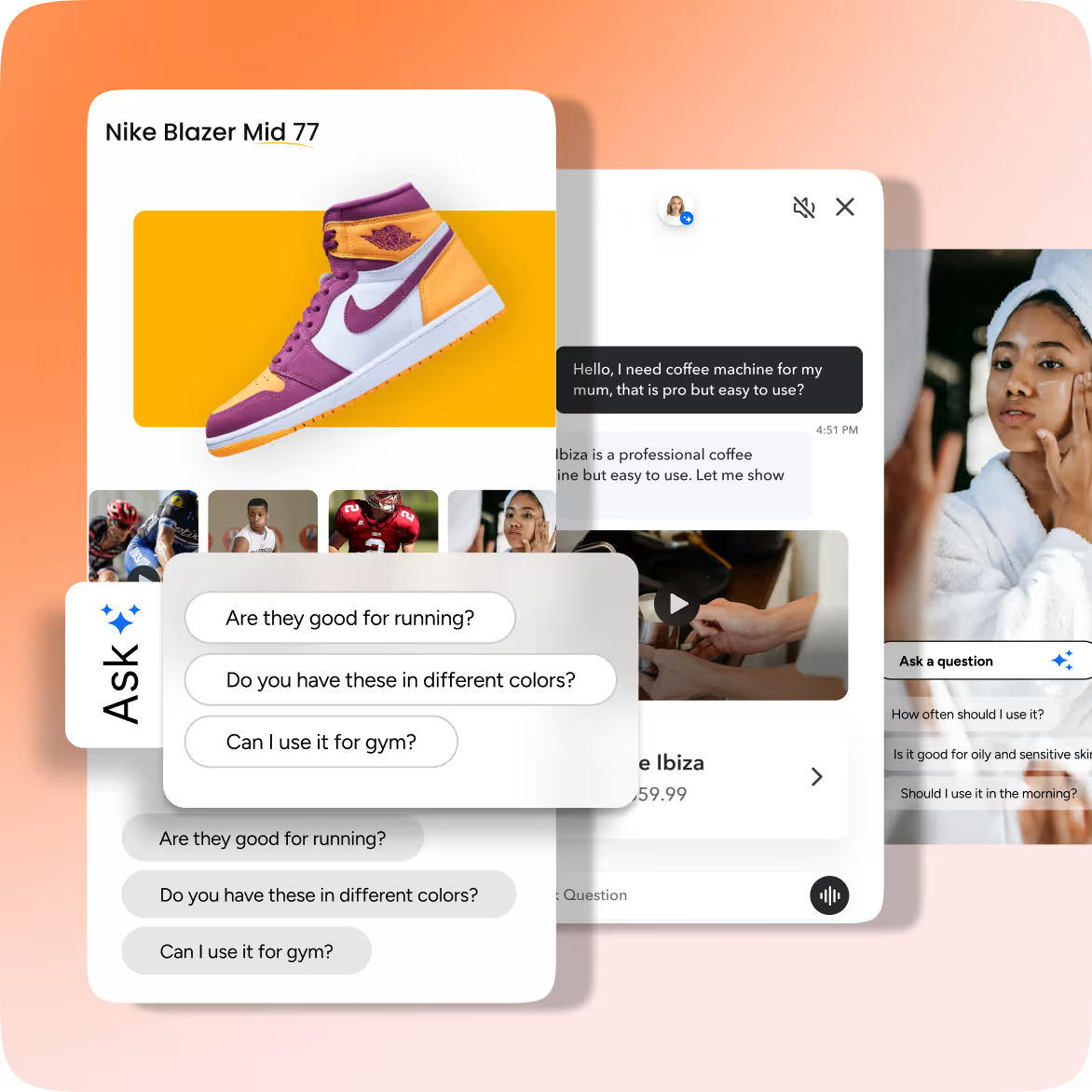
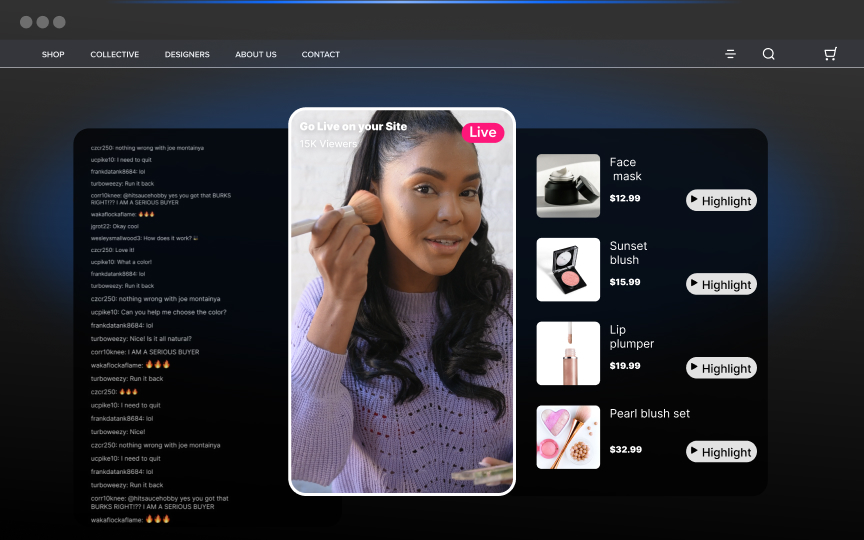
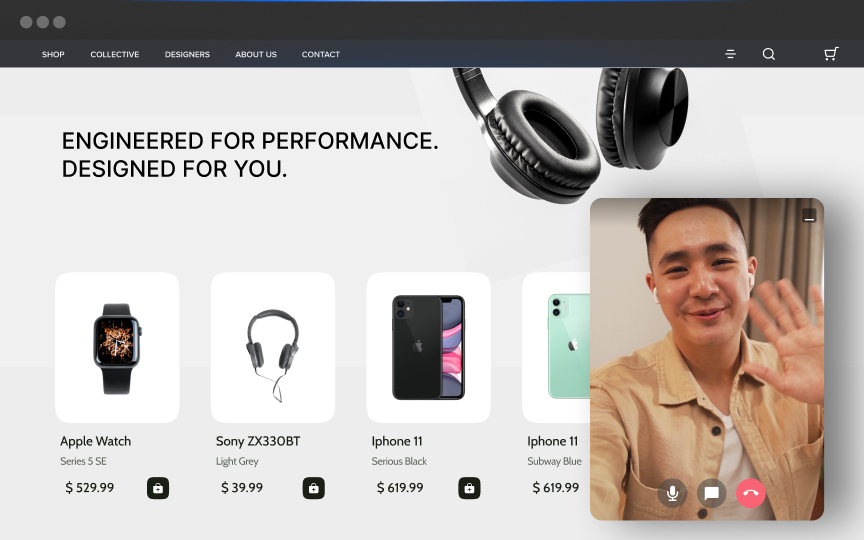


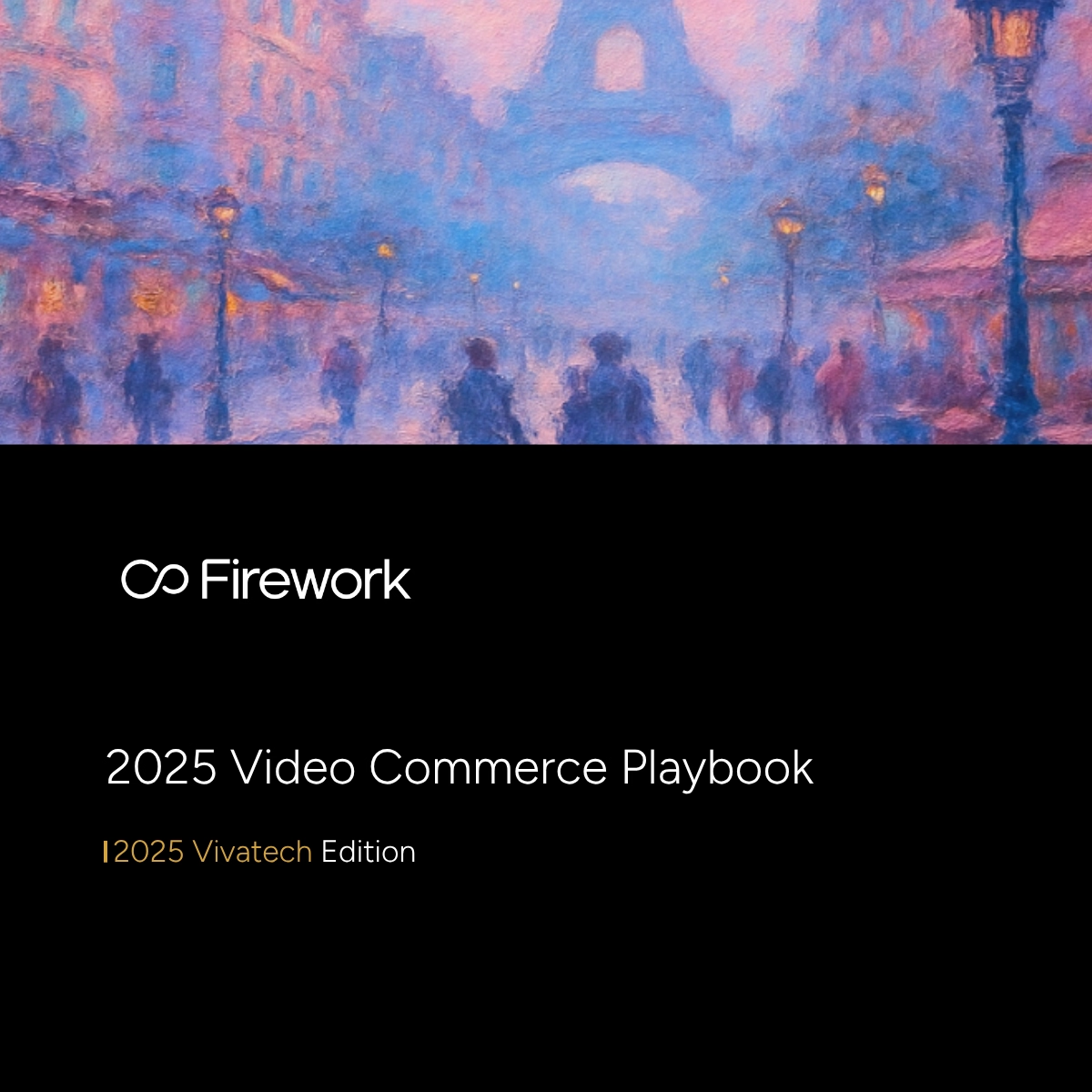









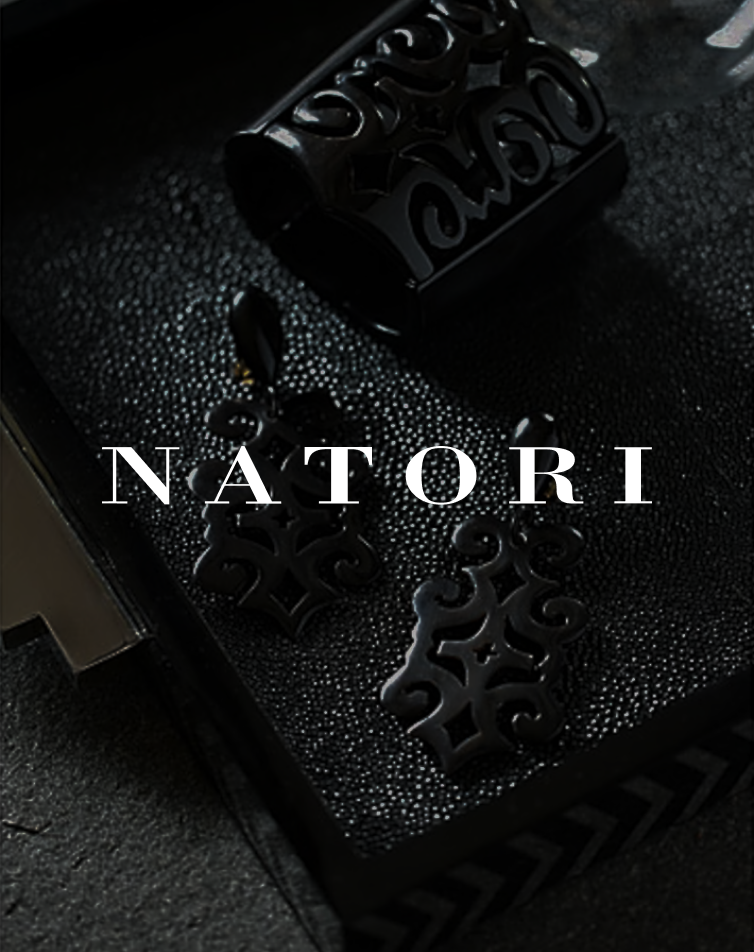


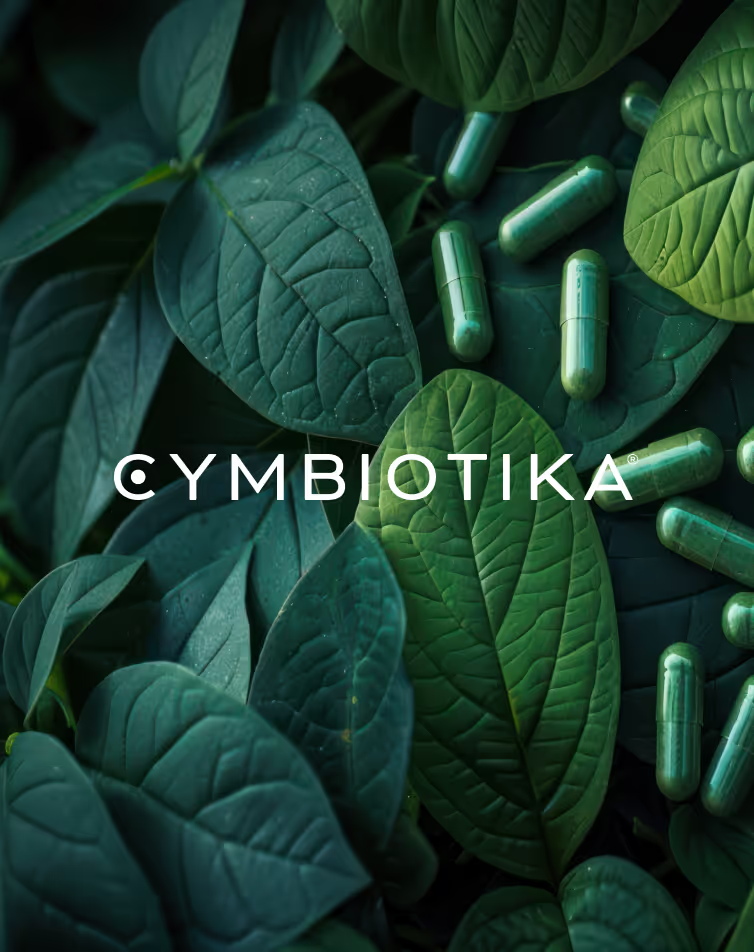



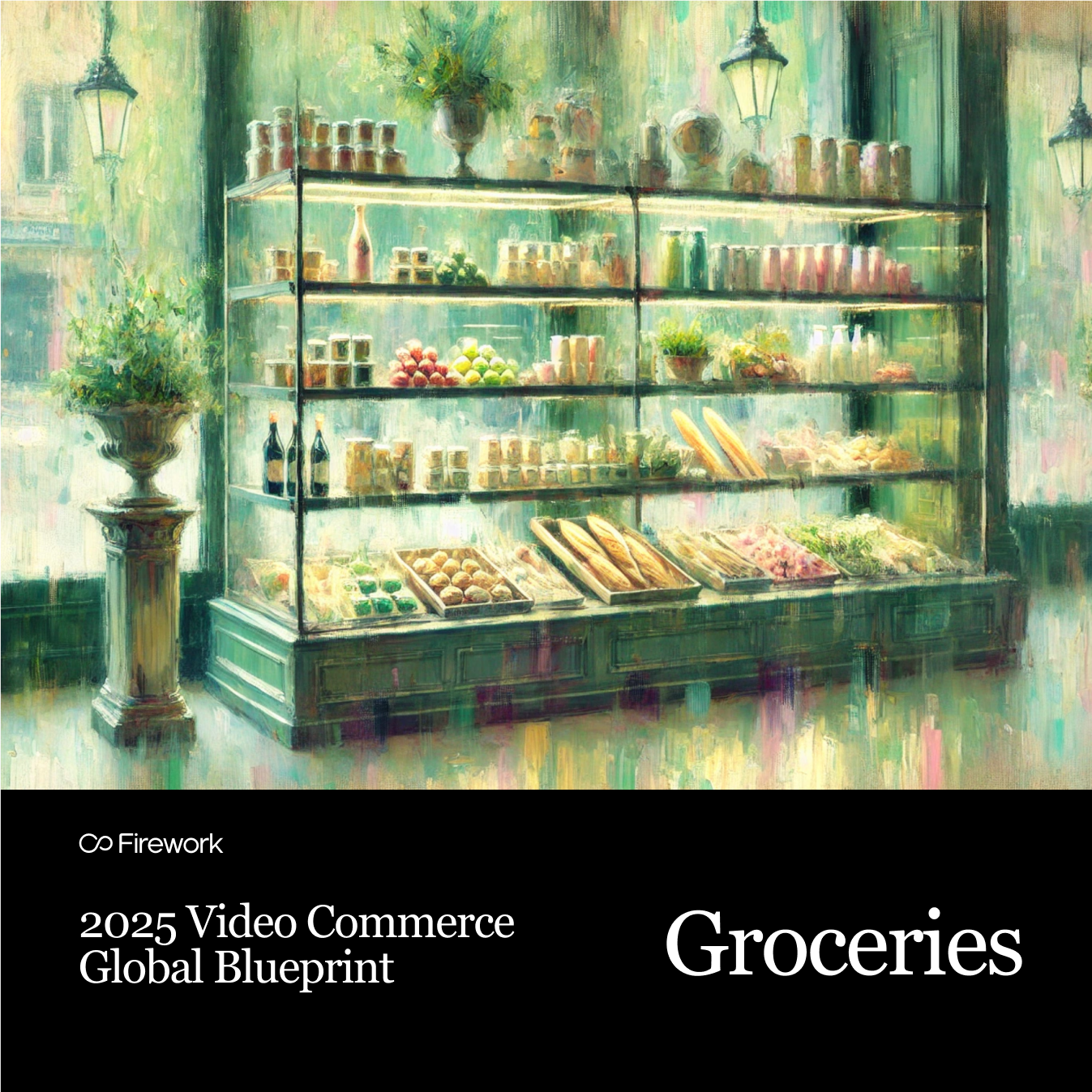




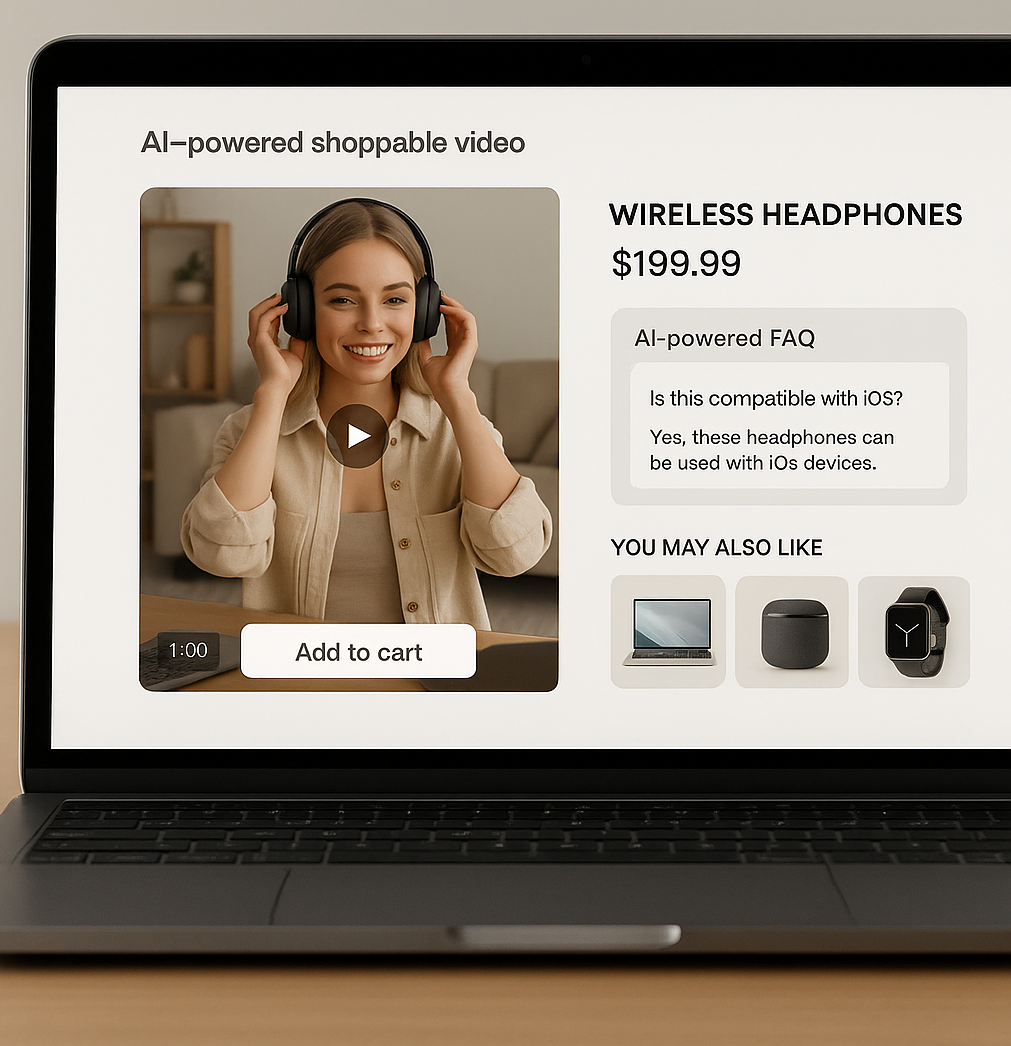
.png)